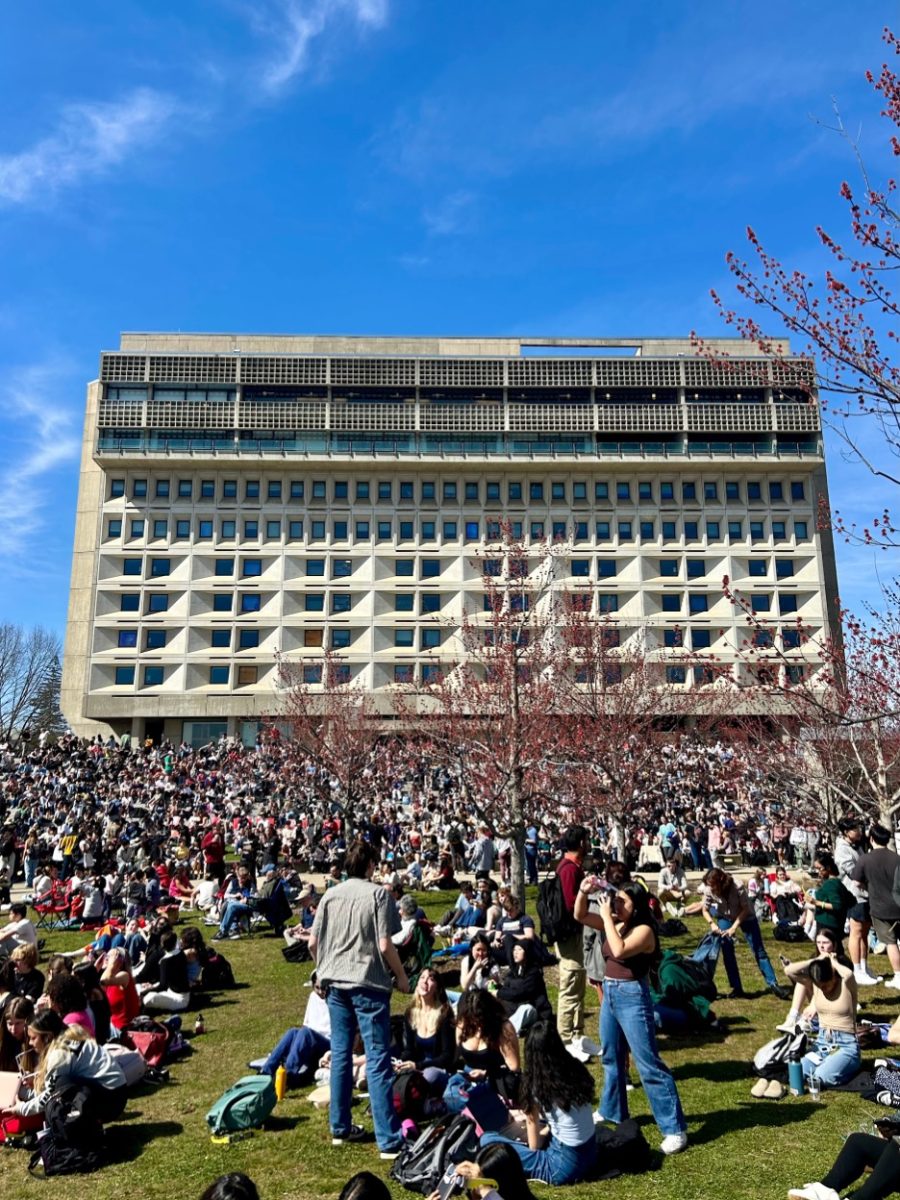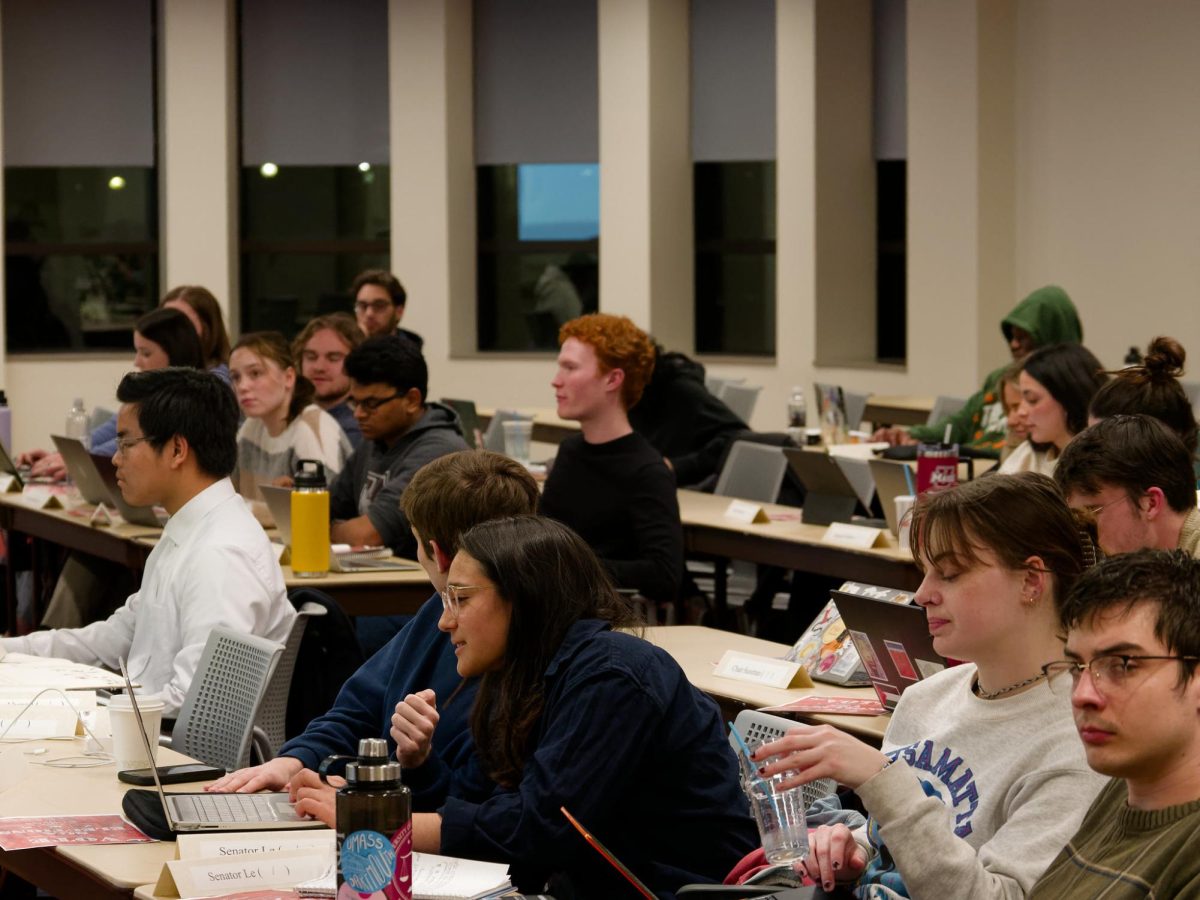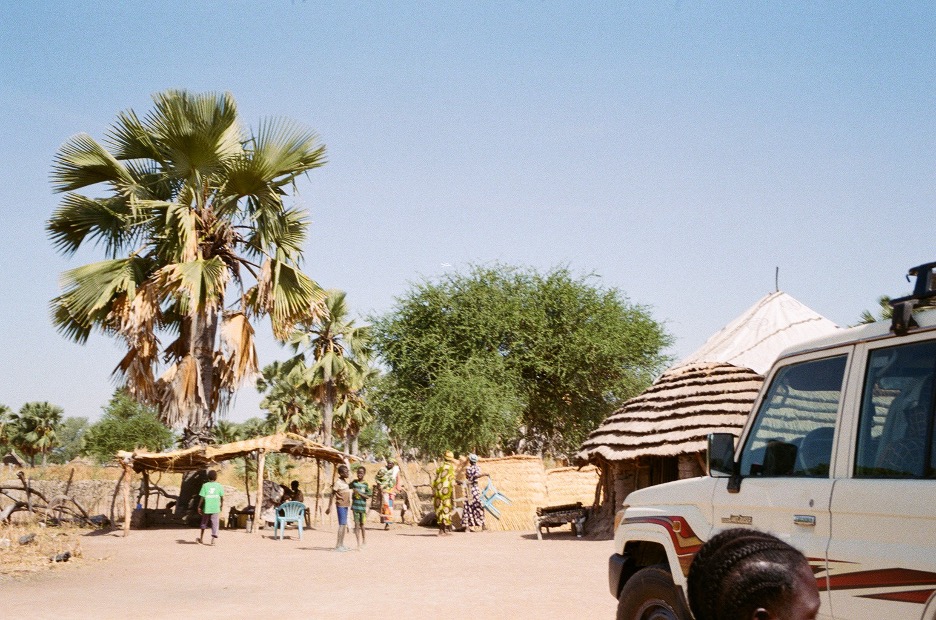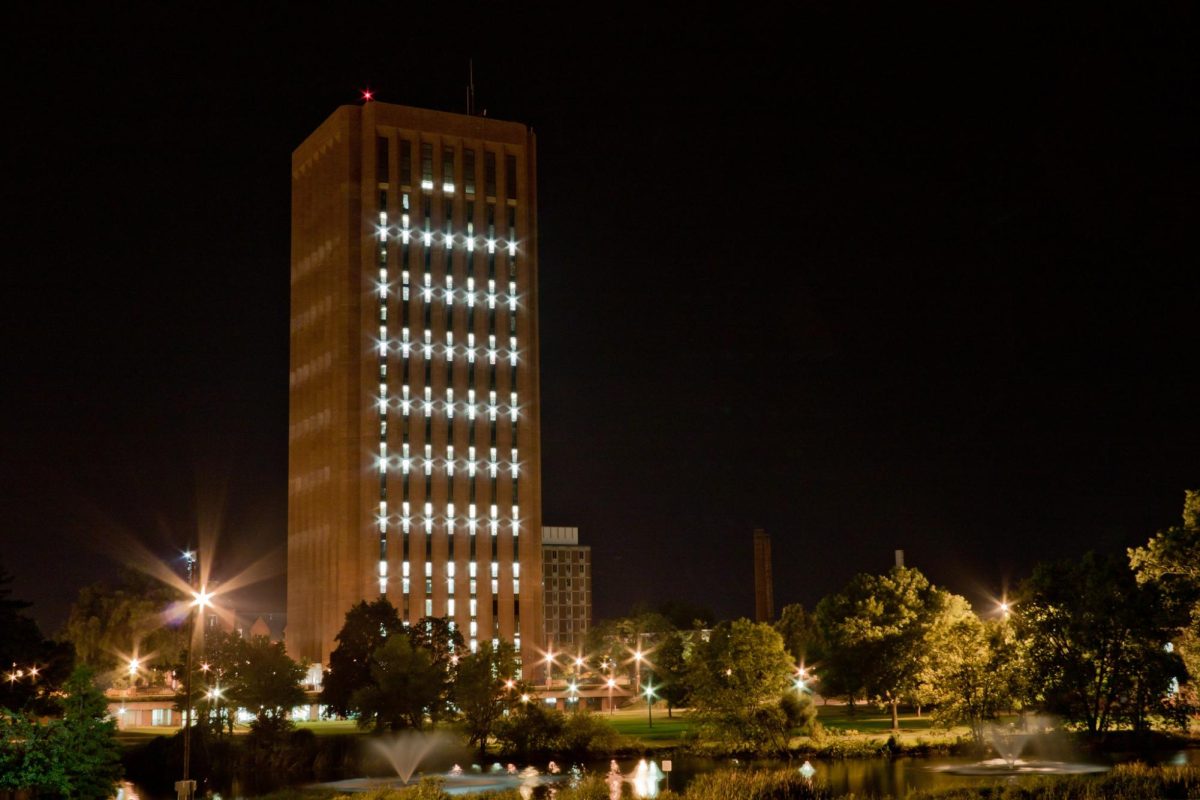
University of California Davis professor of civil and environmental engineering, Jay R. Lund, delivered the 2016 Tsuan Hua Feng Distinguished Lecture “Drought and Global Change – Lessons from California” in the Campus Center last Thursday, Oct. 6.
In the midst of Massachusetts’ drought, Lund discussed the impact of a globalized economy on a drought, California’s current water system and the opportunity droughts present to test water systems.
According to the University of Nebraska-Lincoln’s United States Drought Monitor, over 98 percent of Massachusetts is experiencing a moderate, severe or extreme drought as of Oct. 4, up from under 55 percent in the beginning of July.
The Amherst Select Board recently decided to impose fines for violating the water usage ban, an upgrade in regulations since the water ban was initially enacted in August.
One of Lund’s primary points throughout the lecture was the relationship between a drought’s impact and the economic system of the area it affects.
“[The] strong diversified global economy provides water security. So, in a subsistence economy, you’re very worried about water because it directly relates to your economic well-being and your public health; whereas, in a strong diversified economy you get your water security by … that huge network of people around the globe that you can rely on for food,” Lund said. “Also the urban economies in which you diversified away from agriculture [are] much less susceptible to drought.”
According to Lund, out of California’s $2.3 trillion economy, $54 billion are in agriculture, which is “just a few percent of the total.” However, 80 percent of the human water use is agricultural, a third of which is being used for permanent crops such as almonds and wine-producing grapes.
Lund said that California’s water production is concentrated in the north, where 40 percent of the state’s total surface area produces 90 percent of runoff, while the majority of the population lives in southern California.
“In recent years, even after we’ve built a large infrastructure system, we find we still have problems with drought,” Lund said.
According to Lund, California has experimented with altering the demand for water as well as utilizing water markets to diminish the impact of a drought.
“This drought we’ve seen movement to groundwater legislation, which I think is going to be very useful to us,” Lund said.
He added: “One of the wonderful things about California is we have a lot of things we can do to manage water – surface reservoirs, groundwater, water conservation, water markets, wastewater reuse, desalinization, all kinds of things. And … so, what we’re looking at is how do we come up with a good economical, environmentally effective mix of things to make California pretty robust and resilient?”
Lund, along with several colleagues, operates the CaliforniaWaterBlog.com, which according to its website “is intended to provide thought-provoking ideas and information on water issues in a digestible form for a policy and educated lay audience.”
Lund is also the Director of the center for watershed sciences at UC Davis, which according to its website, is California’s leading academic institute in water management.
Elizabeth Wallace can be reached at [email protected] and followed on Twitter @lizwallace2019.


















